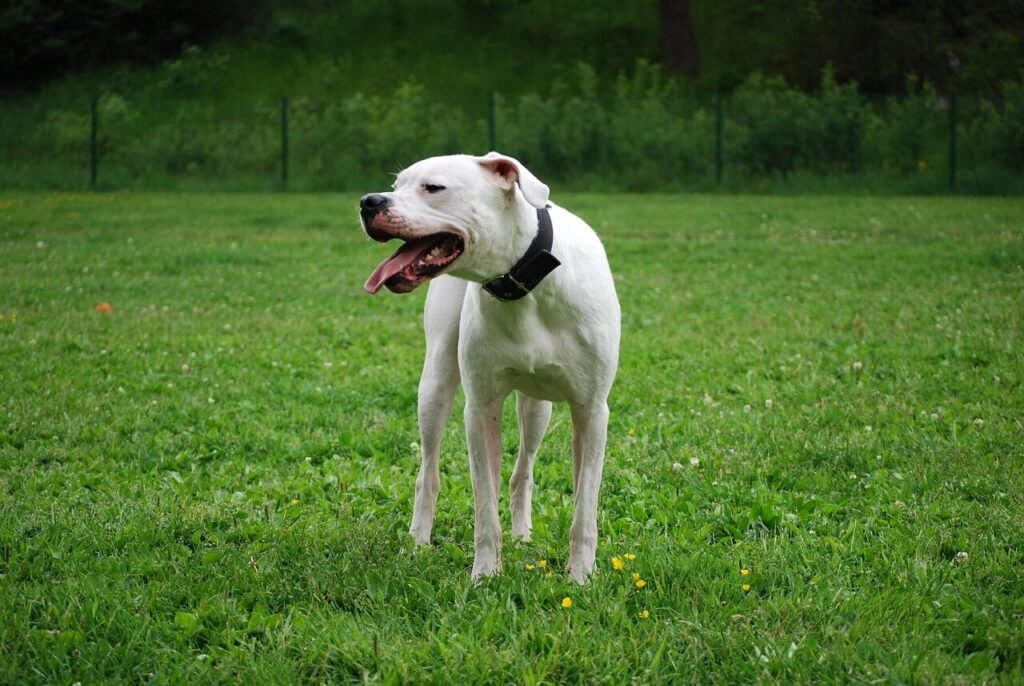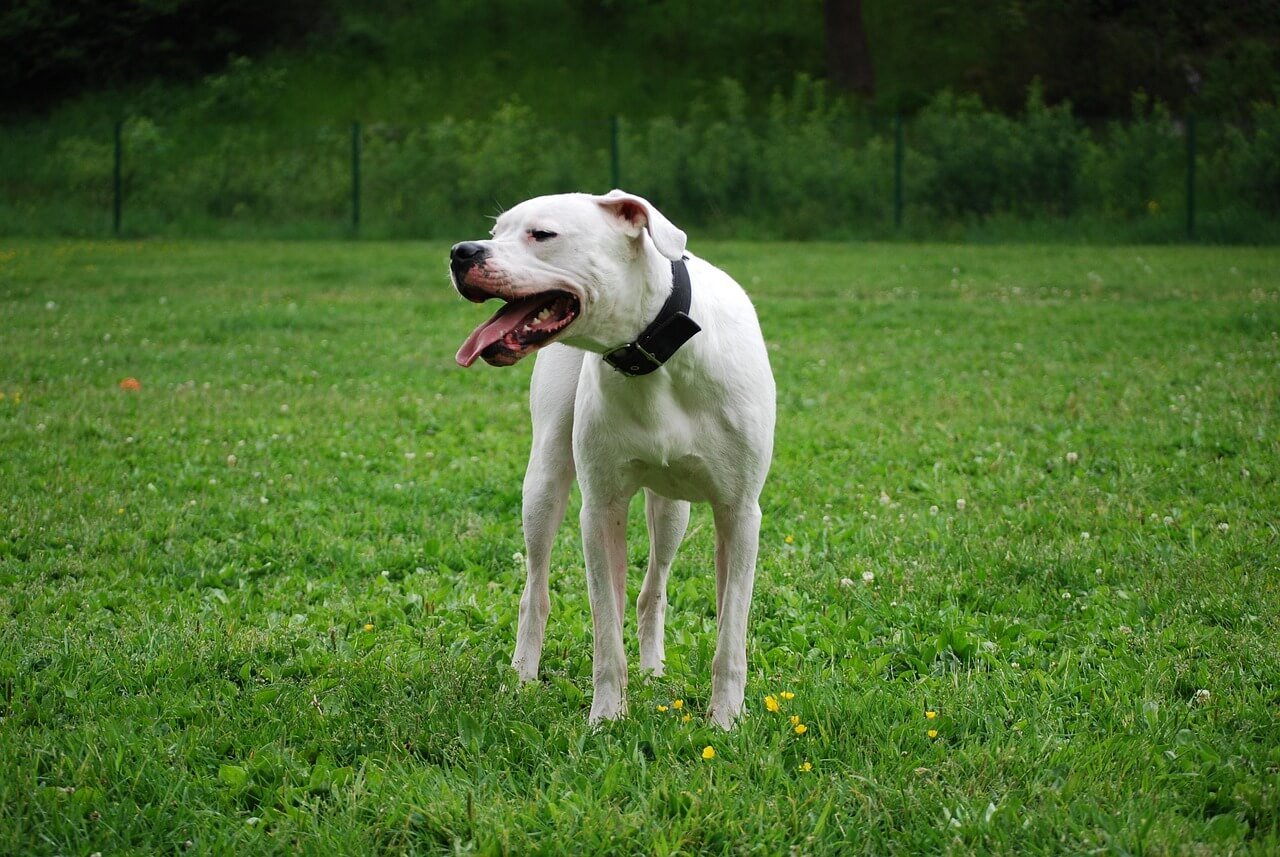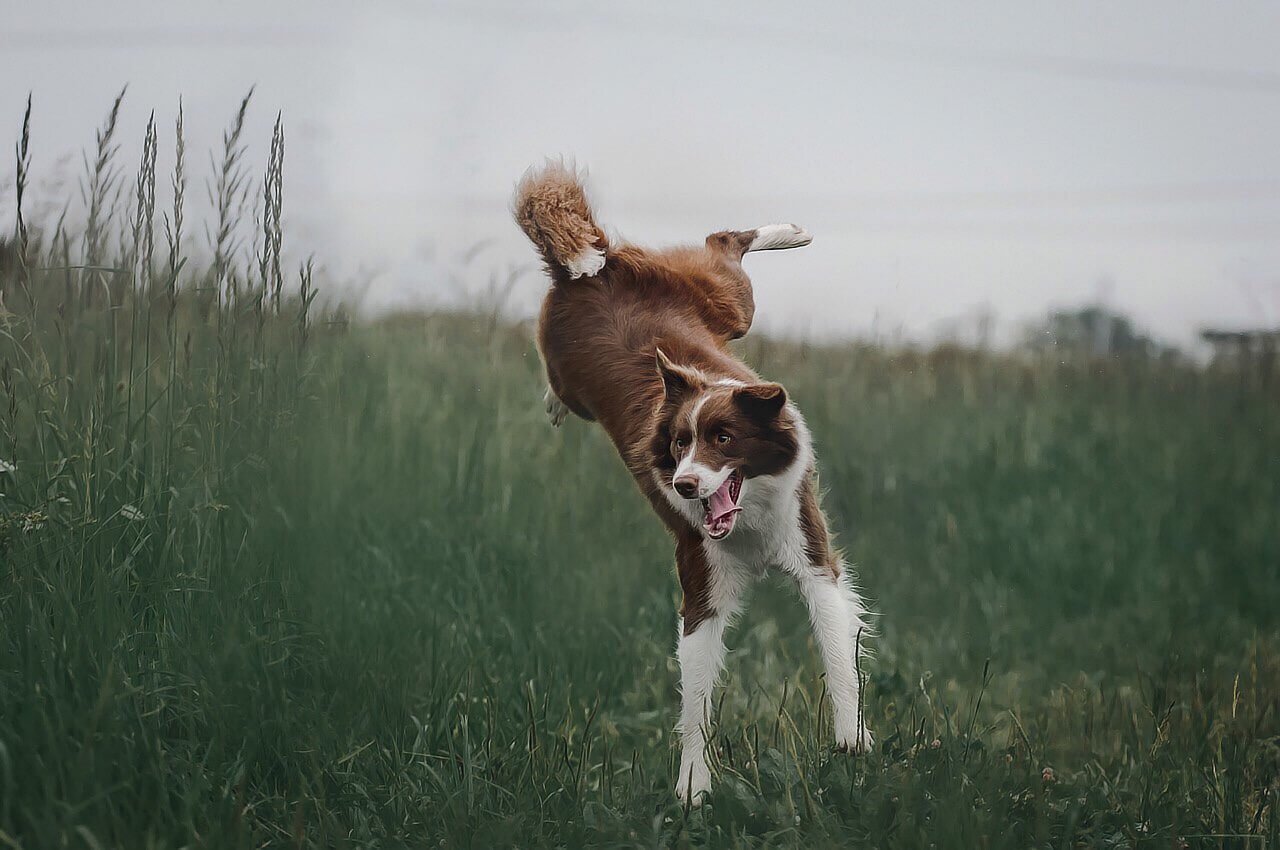Understanding Cellulitis in Dogs: A Comprehensive Guide
Cellulitis in dogs might sound like a minor issue, but it can become a serious health concern if left untreated. This condition refers to a bacterial skin infection that affects the deeper layers of the skin and underlying tissues. As a responsible pet owner, understanding the signs, causes, and treatment options for cellulitis is crucial. In this guide, we’ll explore everything you need to know about cellulitis in dogs, empowering you to keep your furry friend healthy and happy.
What Is Cellulitis in Dogs? Key Facts You Should Know
Before diving into the specifics, let’s break down what cellulitis in dogs actually means. This condition often occurs when bacteria invade the skin through cuts, wounds, or other injuries. It can spread quickly if not addressed promptly. Here are some key points to help you understand cellulitis better:
Cellulitis is a bacterial infection that affects the deeper layers of the skin.
It often starts with a small wound or abrasion that becomes infected.
The infection can spread rapidly, leading to swelling, redness, and pain.
Common areas affected include the legs, face, and abdomen.
Early detection and treatment are critical to prevent complications.
If you notice any unusual symptoms in your dog, it’s essential to act quickly. Ignoring the signs of cellulitis could lead to more severe health issues down the line.
Common Causes of Cellulitis in Dogs
Understanding the root causes of cellulitis can help you take preventive measures. While this condition can occur in any dog, certain factors increase the risk. Let’s explore the primary causes:
Bacterial infections from Staphylococcus or Streptococcus bacteria.
Open wounds or scratches that allow bacteria to enter the skin.
Allergic reactions that compromise the skin’s natural barrier.
Insect bites or stings that create entry points for bacteria.
Poor hygiene or living conditions that expose dogs to harmful pathogens.
By addressing these potential triggers, you can significantly reduce the likelihood of cellulitis affecting your pet. Prevention is always better than cure, especially when it comes to your dog’s health.
Check this guide 👉Understanding Dog Perineal Hernia: Best 7 Health Tips!
Check this guide 👉Understanding Extracapsular Repair for Dogs: Best 7 Tips!

Symptoms | Treatment Options |
|---|---|
Swelling and redness around the affected area | Antibiotics prescribed by a veterinarian |
Warmth or heat emanating from the skin | Thorough cleaning of the infected area |
Pain or discomfort when touched | Pain relief medications if necessary |
Lethargy or loss of appetite | Topical ointments to reduce inflammation |
Fever or elevated body temperature | Monitoring and follow-up visits |
Preventive Measures to Protect Your Dog
Preventing cellulitis is far easier than treating it. By taking proactive steps, you can minimize the risk of your dog developing this painful condition. Here are some practical tips:
Regularly inspect your dog’s skin for cuts, scrapes, or wounds.
Keep your dog’s living environment clean and free of debris.
Bathe your dog with a gentle, vet-approved shampoo to maintain skin health.
Avoid exposing your dog to environments where sharp objects or insects are common.
Ensure your dog’s vaccinations and parasite control treatments are up to date.
By incorporating these habits into your routine, you can create a safer environment for your dog. Prevention not only saves your dog from discomfort but also reduces veterinary expenses in the long run.
When to See a Veterinarian: Red Flags to Watch For
While some cases of cellulitis can be managed at home, others require professional intervention. Knowing when to seek veterinary care is essential for your dog’s well-being. Here are signs that indicate it’s time to visit the vet:
The swelling or redness worsens despite initial treatment.
Your dog exhibits signs of extreme pain or discomfort.
There is pus or discharge coming from the affected area.
Your dog refuses to eat or shows signs of lethargy.
The infection spreads to other parts of the body.
Timely veterinary care can make all the difference in managing cellulitis effectively. Don’t hesitate to reach out to your vet if you’re unsure about your dog’s condition.
Home Care Tips for Managing Cellulitis in Dogs
If your dog has been diagnosed with cellulitis, managing their condition at home is crucial for a speedy recovery. While veterinary treatment is essential, there are steps you can take to support your dog’s healing process. Here are some practical home care tips:
Keep the affected area clean and dry to prevent further infection.
Apply warm compresses to reduce swelling and promote blood circulation.
Ensure your dog gets plenty of rest to aid the healing process.
Monitor the wound daily for any changes in appearance or behavior.
Avoid letting your dog lick or chew the infected area to prevent aggravation.
By following these home care tips, you can help your dog recover more comfortably while minimizing the risk of complications.
Dietary Adjustments to Support Your Dog’s Immune System
A strong immune system plays a vital role in helping your dog fight off infections like cellulitis. Making dietary adjustments can provide the nutrients your dog needs to heal faster. Consider these dietary recommendations:
Incorporate high-quality proteins to support tissue repair and recovery.
Add omega-3 fatty acids, found in fish oil, to reduce inflammation.
Include vitamin-rich vegetables like carrots and spinach for antioxidants.
Provide probiotics to improve gut health and boost immunity.
Ensure your dog stays hydrated by offering fresh water at all times.
These dietary changes can strengthen your dog’s defenses and aid in their overall recovery from cellulitis.
Recognizing Behavioral Changes Linked to Cellulitis
Dogs often communicate discomfort through changes in their behavior. Recognizing these signs early can help you address cellulitis before it worsens. Here are some behavioral changes to watch for:
Increased irritability or aggression when touched near the affected area.
Reluctance to move or engage in physical activities they usually enjoy.
Excessive licking or chewing at the site of the infection.
Withdrawal from family members or other pets in the household.
Restlessness or difficulty finding a comfortable position to sleep.
Paying attention to these behavioral cues can help you identify cellulitis early and seek timely treatment for your furry companion.
Frequently Asked Questions About Cellulitis in Dogs
Can cellulitis in dogs go away on its own?
No, cellulitis requires treatment, usually involving antibiotics, to resolve completely.
How long does it take to treat cellulitis in dogs?
Treatment duration varies but typically lasts 1-2 weeks, depending on the severity.
Is cellulitis contagious between dogs?
Generally, cellulitis is not contagious, but the bacteria causing it can spread through direct contact.
Can I use over-the-counter creams for cellulitis?
It’s best to consult a vet before using any topical treatments to avoid worsening the condition.
How can I prevent cellulitis in my dog?
Maintain good hygiene, monitor for injuries, and keep your dog’s environment clean.
Taking Care of Your Furry Friend: Final Thoughts
As a loving pet owner, your dog’s health and happiness are undoubtedly your top priorities. Cellulitis in dogs may seem daunting, but with the right knowledge and proactive approach, you can ensure your companion stays healthy. From recognizing early symptoms to seeking timely veterinary care, every step you take contributes to your dog’s well-being. Remember, prevention and awareness are your strongest tools in combating cellulitis. Stay vigilant, stay informed, and give your dog the care they deserve.
Understanding Acantholytic Cells in Dogs: Best 7 Tips! Learn about acantholytic cells, their role in skin conditions, and how to manage them effectively for your dog’s health.
Best Dogs for Chickens: Best 7 Expert Tips! Discover the top dog breeds and expert advice for keeping chickens safe. Learn how to build a harmonious farmyard team today!
Can a Bully Stick Make a Dog Sick? Best 7 Expert Tips! Discover risks, benefits, and expert advice to keep your dog safe while enjoying bully sticks.
Great Dane Irish Wolfhound Mix: Best 7 Expert Tips! Discover essential advice on care, temperament, and health for this majestic hybrid. Perfect for dog lovers seeking a gentle giant!





